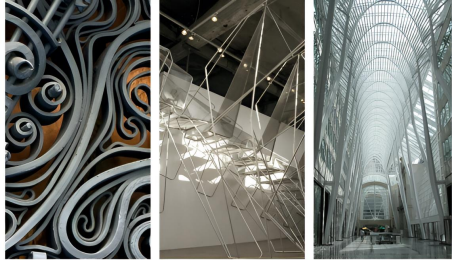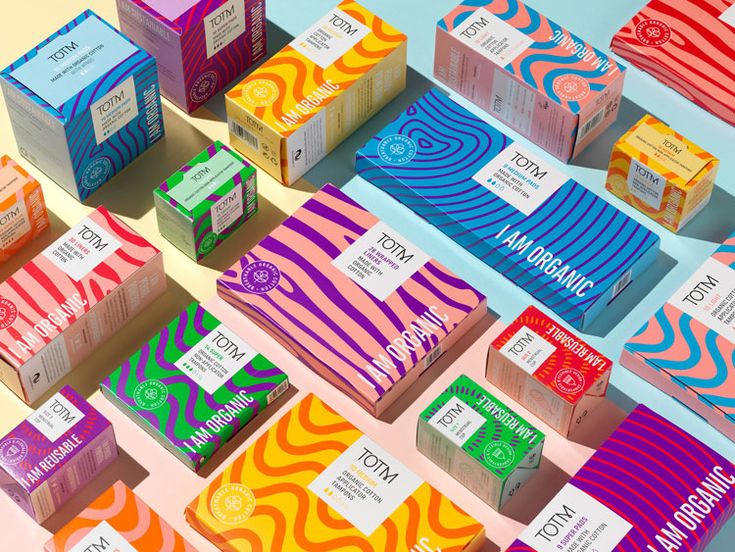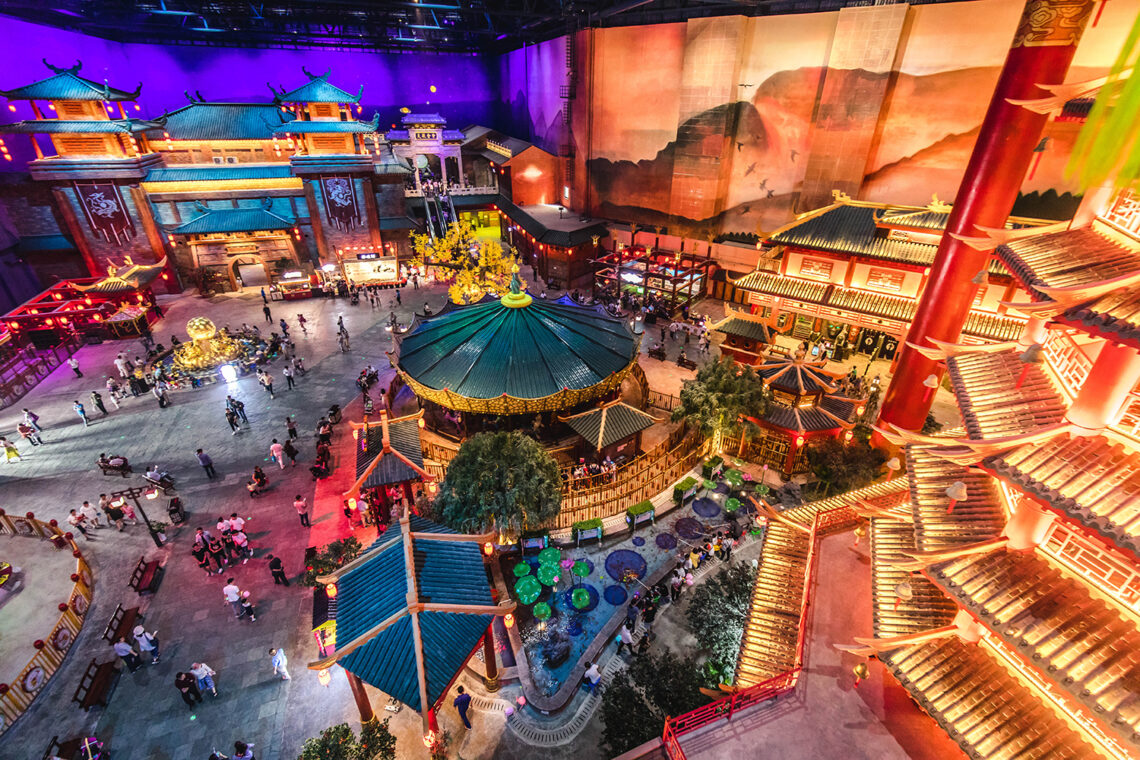In today’s fast-paced world, hospitality is no longer just about providing a place to stay, a meal to eat, or a service to enjoy—it’s about crafting unforgettable experiences that engage all the senses. As guest expectations evolve, hotels, restaurants, and travel destinations are embracing multi-sensory design to create immersive, emotionally compelling environments. From sight and sound to touch, taste, and smell, hospitality brands are leveraging sensory experiences to foster deep connections with their guests.
1. The Power of Multi-Sensory Design in Hospitality
Multi-sensory experiences are more than just a trend; they have a profound impact on memory, emotions, and perception. Studies show that engaging multiple senses can enhance brand recall and customer satisfaction. In hospitality, this means that a well-curated environment—one that stimulates sight, sound, scent, taste, and touch—can leave a lasting impression, turning first-time guests into loyal customers.
Imagine walking into a hotel where a signature scent greets you at the entrance, soothing background music sets the mood, soft ambient lighting enhances comfort, and personalized textures in furnishings invite relaxation. Every element is carefully designed to evoke positive emotions, making the stay memorable and unique.
2. The Power of Scent: Evoking Memories and Emotions
Scent branding is an emerging trend in hospitality, as scents are deeply linked to memory and emotion. Hotels like The Ritz-Carlton and Shangri-La use signature fragrances in lobbies and guest rooms to create a unique, recognizable identity.
Spas and wellness retreats incorporate essential oils and aromatherapy to promote relaxation, while some restaurants use scent diffusion to enhance dining experiences, subtly enhancing flavors and ambiance. These carefully crafted olfactory experiences make guests associate positive feelings with a brand, encouraging repeat visits.
3. The Impact of Touch: Enhancing Comfort and Luxury
Tactile experiences contribute to a sense of comfort and luxury. From high-thread-count sheets in a hotel room to the smooth feel of a ceramic coffee cup in a café, touch influences how guests perceive quality.
Hotels are prioritizing ergonomic furniture, plush bedding, and personalized room controls that allow guests to adjust textures—such as heated floors, weighted blankets, and touch-responsive lighting. Luxury spas incorporate materials like silk, marble, and bamboo to enhance relaxation. When guests feel physically comfortable, they are more likely to have a positive emotional response.
Hospitality is no longer just about service—it’s about creating an experience that resonates on a sensory level. Whether it’s through visually stunning spaces, immersive sounds, signature scents, luxurious textures, or innovative culinary offerings, the most successful hospitality brands will be those that engage all five senses.
As technology and consumer expectations continue to evolve, the future of hospitality will be defined by how well brands can craft these multi-sensory experiences. The question for businesses today is: how can you not just serve your guests, but truly immerse them in an unforgettable journey?



